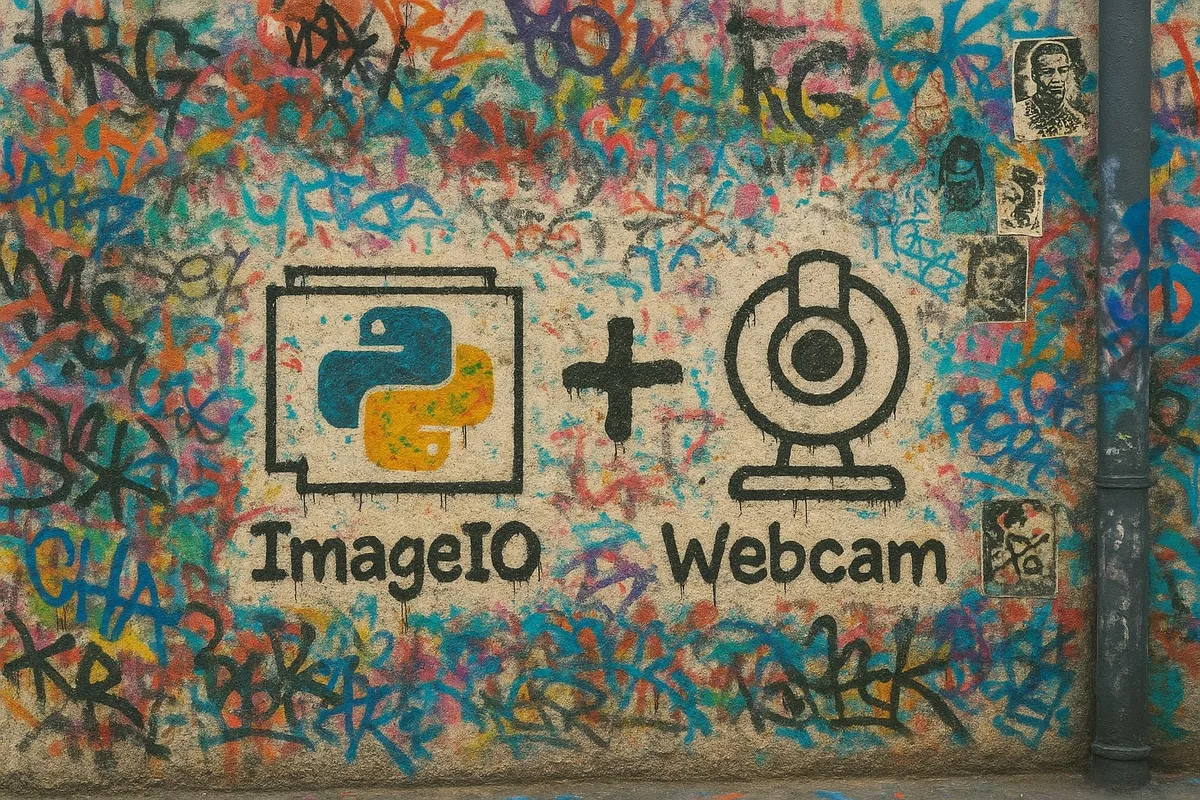Before we begin, a caveat for Jupyter: While the notebook is displayed on your current machine, and widgets run locally, your kernel (that runs the python code) may be hosted on a remote server, docker container, virtual machine, … depending on your setup. If this is the case for you, please note that IPython can only access the remote server’s webcam, not your local one.
Installation
pip install imageio[ffmpeg]Get a single Image/Screenshot
import imageio as iio
import matplotlib.pyplot as plt
camera = iio.get_reader("<video0>")
screenshot = camera.get_data(0)
camera.close()
plt.imshow(screenshot)Get a Video as a Sequence of Frames
import imageio as iio
import matplotlib.pyplot as plt
import time
camera = iio.get_reader("<video0>")
meta = camera.get_meta_data()
delay = 1/meta["fps"]
for frame_counter in range(15):
frame = camera.get_next_data()
time.sleep(delay)
camera.close()
plt.imshow(frame)Full example (record a short MP4)
import imageio as iio
import matplotlib.pyplot as plt
import time
camera = iio.get_reader("<video0>")
meta = camera.get_meta_data()
num_frames = 5 * int(meta["fps"])
delay = 1/meta["fps"]
buffer = list()
for frame_counter in range(num_frames):
frame = camera.get_next_data()
buffer.append(frame)
time.sleep(delay)
camera.close()
iio.mimwrite("frames.mp4", buffer, macro_block_size=8, fps=meta["fps"])That’s it.
Thanks for reading and Happy Coding!
